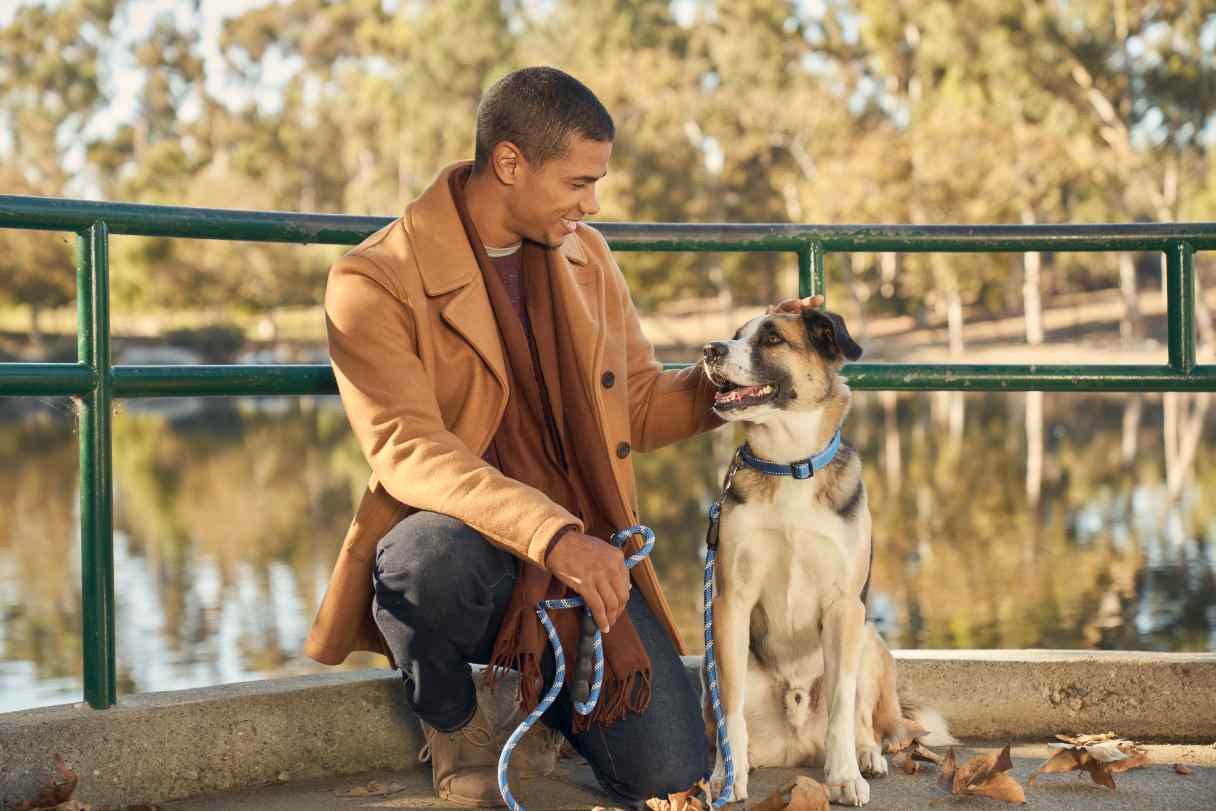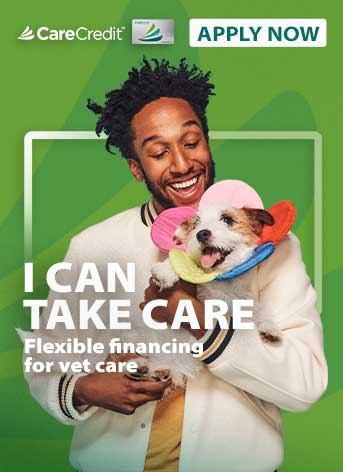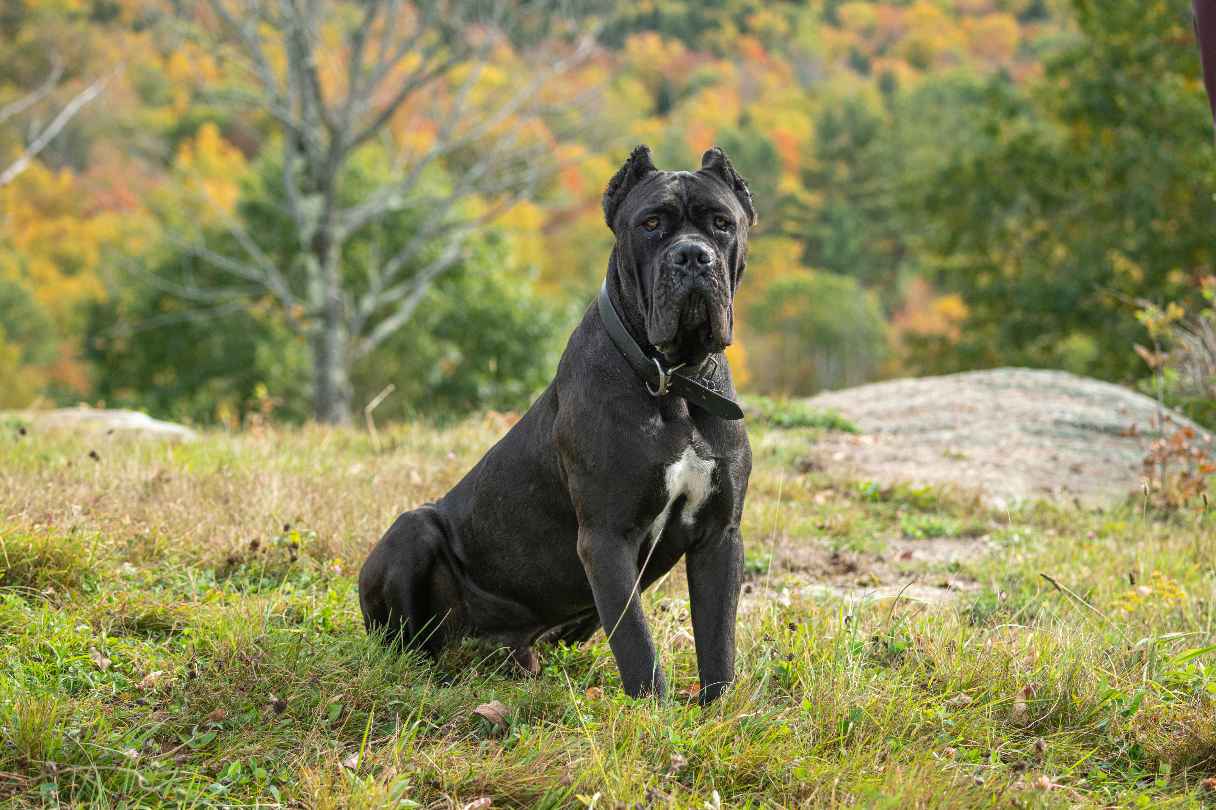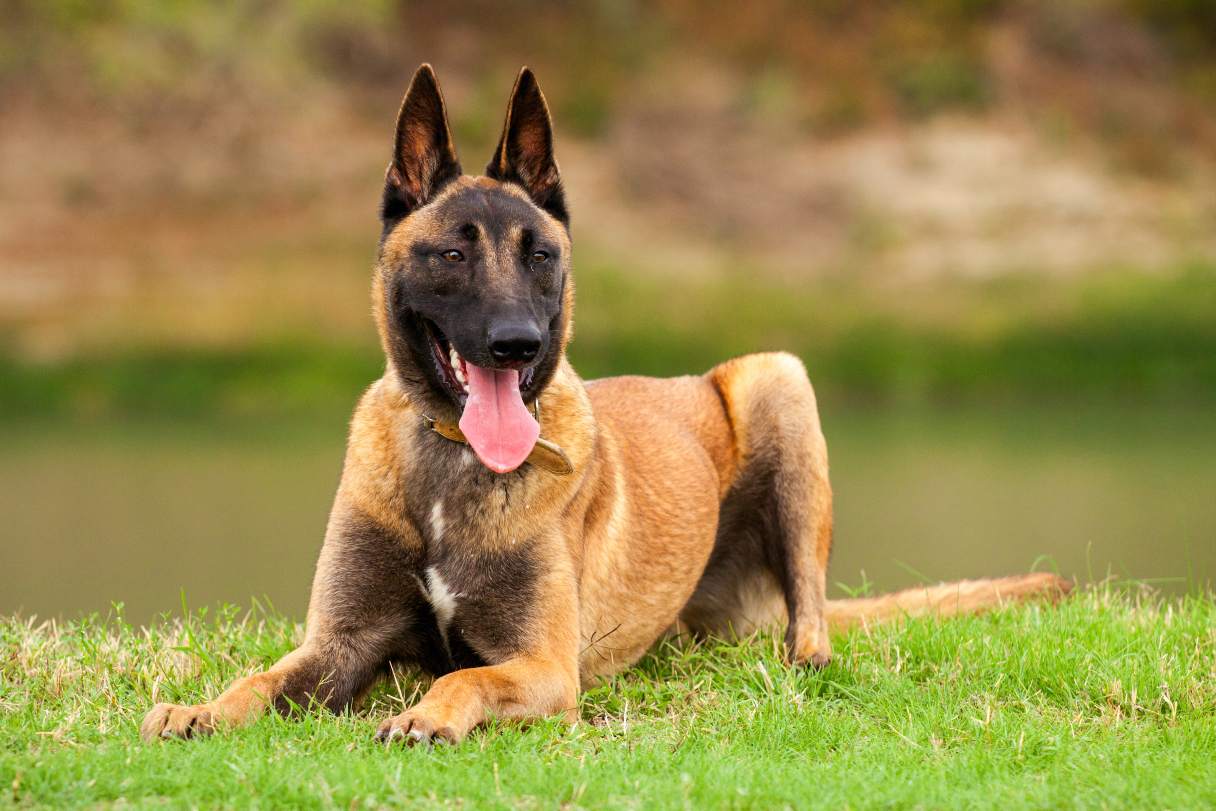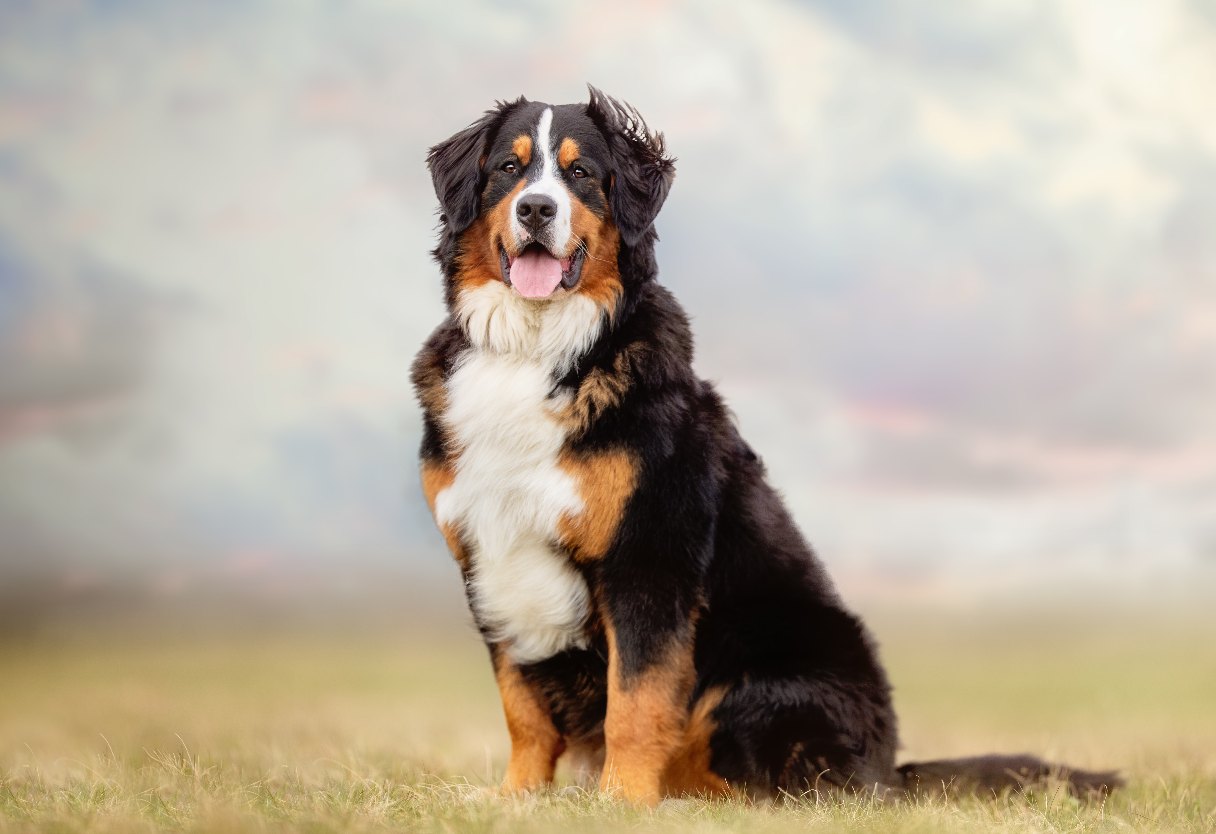Whether you're the proud owner of a new puppy or hoping to teach your adult dog some new tricks, there is no “bad" time to successfully train your canine. When it comes to puppies, some veterinarians recommend waiting until your puppy has had a certain number of their scheduled vaccinations before joining classes or having playdates, but the common age for many puppy training and socialization classes is between eight and 20 weeks. Puppies shouldn't leave their mothers any sooner than eight weeks, so you should be able to start with short training sessions right away if you fall into the new puppy pet owner category.
From instilling a few pillars of good behavior to establishing basic two-way communication — with a little focus and repetition — you can help your dog develop fundamental skills while building a trusting, loving relationship with your furry family member.
Before getting started, here are a few tips to help you be more successful as you begin your training.
- Keep training sessions brief, especially with puppies. This might mean starting with just a couple of repetitions and working your way up to five-, 10- and then 15- to 20-minute training sessions.
- Be patient and stay positive. Dogs are smart, but it can still take them time to learn new skills. Some will pick up things quicker than others, but try not to get frustrated with them regardless.
- Be consistent. Think of it this way: When you first start training your puppy or dog, you are a vending machine. Every time they do what you ask, they get a reward. When they do what you ask eight to 10 times out of 10, you can turn it into a slot machine and reward them randomly. Don't eliminate the reward altogether — or your smart pup may decide it's not worth it to listen. But the random rewards will keep them trying because they never know which time they'll get rewarded.
- Practice in different environments. You probably already know that puppies are (very) easily distracted, but older dogs can be, too. Start training sessions in the least distracting environment possible, like a quiet room in your house, and build up to more distracting environments. When your puppy or dog can reliably follow your commands inside, move outside, then in front of your house or apartment.
- Try training before mealtimes or right after a nap. If your dog is food motivated, training them with either kibble or treats before a meal will ensure their attention. If you have a puppy, pay attention to their sleep/wake cycles and train them after naps, not when they are tired and ready to snooze.
- Say the command or cue once, then wait a few seconds to give your dog time to respond. If you say the command and they don't respond, you may need to get closer, lure or shape the behavior; or, if it's toward the end of a training session, just give them a break and try again later.1 If they don't respond, don't repeat yourself or you risk your dog learning to tune you out.
- Stay consistent. Consistency is key so ensure other members of your household follow the same protocol around your puppy or dog.
What Is Positive Reinforcement Training?
Positive reinforcement training is a method that has been proven to be the most effective to train your dog and strengthen your relationship with them.1
Using positive reinforcement to train your puppy or dog doesn't necessarily mean treat training. It means rewarding the behaviors you want your dog to do more of. If your dog is highly food motivated, that will likely mean treats, but other dogs are more motivated by their favorite toy or attention from their favorite person. Figure out what your dog is willing to work for and use that during training sessions.
If your dog is food motivated, use small treats that they can eat quickly. You don't want them to eat too much too soon, nor do you want to have to wait for them to eat a big treat. There are many treats on the market specifically for training, or you can take a larger treat and break it into smaller pieces. You can also use kibble or break up a roll of dog food and use that for training. Again, it comes down to what your pup likes the most.
When you train your dog to be rewarded for doing something right instead of being afraid of you when they do something wrong, they are more likely to try new things, get excited about training and — perhaps most importantly — create a stronger bond with you and other family members.1
Now, let's get to the actual training. Here's a brief introduction to a few of the most popular dog training lessons:
- Coming when called
- Leash training
- Sitting
- Fetching
- Stopping barking
- Potty training
Teaching a Dog to Come When Called
Teaching your dog to come on command can be a lifesaver if they dash out the front door or run off while you're at the park. Start in the least distracting environment you can find, and start very close to your dog. Decide if you will use “here" or “come" (but not their name) and then use a cheerful voice to say the command while you are close to them. Make noises, squeak their toy and do whatever it takes to get their attention and interest. When they get to you, throw a puppy party and act like they're the best thing in the world. (If your pup seems nervous by all the attention, you don't have to go overboard.)
Most importantly, don't punish your dog or yell at them even if it takes them a while to make their way to you. You want them to associate coming to you with good things, not bad consequences. As your puppy or dog gets better at this, you can add a squeaky toy in between you and your dog as a “distraction" or have another family member stand nearby.
Once you get outside, you can practice using a “long line" (aka a 20-foot leash or longer). If your dog doesn't come, use the leash to walk yourself to them — don't use it to pull them to you.2
How to Leash Train a Dog
Leash training, or loose-leash walking, is a skill that will make walks much more enjoyable — and safer — for you both. First, let your dog get used to their collar or harness by having them wear it around the house from time to time.
When you're ready for walking, keep the leash loose and start with short walks. We suggest using a regular flat leash with a harness vs. a retractable leash and any other kind of collar. The flat leash and harness are easy to control, give your dog a predictable amount of distance to go (a retractable leash with different lengths can make leash training confusing), are sturdy and safe and allow you to control your dog much more quickly and easily. (Tip: If your dog pulls hard with a harness, get one that clips in the front for more control.)
There are two different methods for teaching loose-leash walking that work well.
- Method 1: As soon as your dog begins to pull, stop and wait for them to stop pulling until you walk again. You don't have to jerk the leash, just wait for them to figure it out on their own. The reward is to continue walking when they bring their attention back to you.
- Method 2: Use treats to encourage your dog to stay by your side and reward them every few steps. You can also use a treat to get their attention if they start to get distracted or reward them for coming back to you.
You can also add in the command “heel" when your dog is walking next to you or say it as they're coming back to you. Dogs learn and get exercise by using their senses, so you may want to teach your dog “ok" or “go ahead" when they're allowed to go sniff something instead of staying right next to you.3 Gradually extend your walk times and watch their progress!
How to Teach a Dog to Sit
Teaching your dog to sit can be helpful in a variety of situations, which is why it is one of the first commands we teach our dogs.
Here's how you do it:
- With your dog standing in front of you, hold a treat or toy in front of their nose.
- Keep the object right in front of their nose and slowly take it up and over their head. As your dog looks up, they are likely to sit. Resist the urge to push on their lower back or bottom. Remember: We want the dog to learn to do it on their own.
- When they get the hang of it, start saying “sit" as you move your hand up to pair the command with the action.4
Teaching a Dog to Play Fetch
While some dogs are bred to fetch (such as Labradors or Golden Retrievers), others aren't. Yet any breed can find pleasure in a good old-fashioned game of fetch.
Some dogs pick it up naturally, but if you want to push things along, follow these steps:
- Start in a small space.
- Act excited about the ball or toy and roll or bounce it in front of your dog to get them excited about playing with it.
- Toss the ball or toy a short distance and tell your dog to “fetch."
- When they get the item, use “come" to get them to come back to you.
- Repeat.5
How to Train a Dog to Stop Barking
Dogs bark for several primary reasons: to alert you about something; to be territorial; to get your attention; or because they're bored, anxious or excited. If you're looking to cut down on the yips and yaps, you have some options, depending on the root cause.
- If it's an alert bark (i.e., someone is at the door or walking by) and you want them to bark once or twice and then stop, you can teach them “bark" and “quiet" on command. Practice by having someone knock at the door so you can tell them to “bark," and then show them a toy or treat and tell them “enough" or “quiet." When they stop, reward them.
- If your dog is afraid or acting territorial, more socialization can help. It can also help to remove them from the situation. Don't go overboard with talking to them or consoling them, just move them away from the window or whatever scares them. And don't worry — this won't reinforce the fear as long as you stay calm, cool and collected.
- If the barking is for attention or excitement (i.e., they want food or to play), the best thing to do is ignore your puppy or dog and then reward them when they quiet down. Be sure to wait a few beats between the last bark and your reward or they will learn to bark a certain number of times or for a certain amount of time and then wait for you to reward them.
- If your dog is barking because they're bored, make sure they're getting enough exercise and mental stimulation. If they bark a lot in the afternoon or evening, try walking them in the morning or give them something to do throughout the day. This might be a puzzle toy, a Kong filled with peanut butter or a toy to chew on.6
How to Housebreak (Potty Train) a Puppy
Housebreaking a puppy should begin around 12 to 16 weeks of age, since this is when dogs become able to control their bladder and bowels. Even at younger ages, get your puppy in a routine by taking them outside first thing in the morning, after meals and naps and before bed — frequently and on as predictable a schedule as possible. Keep your puppy in a limited space (like a crate or small pen) when you aren't home or can't watch them. When you are home, close the doors to other rooms and keep an eye on your little one. Consider putting them on a leash so they stay close by and are easier to watch.
Set your puppy in the same spot each time so the scent association sticks. After your puppy does their business, reward them with a treat or words of affirmation. Eventually, you'll notice the signs that indicate they need to go — whining, circling, sniffing, scratching or barking — and your puppy will learn to go to the door.
If you catch your puppy in the act, grab them and take them to their designated potty spot (whether that's a potty pad or outside) right away and praise them for going. Never punish your puppy or push their nose in the urine — all they will learn to do is hide it from you and start urinating in other places. If they do have an accident, use a urine-removing enzyme spray to get rid of the scent or you may find your puppy having more frequent accidents in the same spot.7
CareCredit Financing for Dogs and Puppies
Taking good care of your pet's well-being from nose to tail is essential. Make sure to stay up to date on their regular checkups at the vet to help keep your pet happy and healthy for a lifetime of love. You can use your CareCredit credit card for pet care throughout the year for routine veterinary services as well as emergencies and surgeries.* Apply today and use our Acceptance Locator to find a veterinarian near you that accepts CareCredit.
CareCredit is there for you and your pet every step of the way; continue your wellness journey by downloading the CareCredit Mobile App to manage your account, find a provider on the go, and easily access the Well U hub for more great articles, podcasts, and videos.
Author Bio
Abbie Mood is a freelance writer with more than 10 years of experience. She has worked with clients of all sizes to create compelling content and she has written for the American Kennel Club, Marriott Bonvoy, Women's Health Online, Headspace and more.



